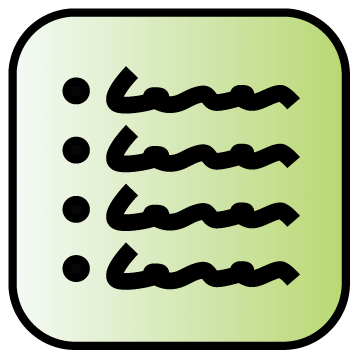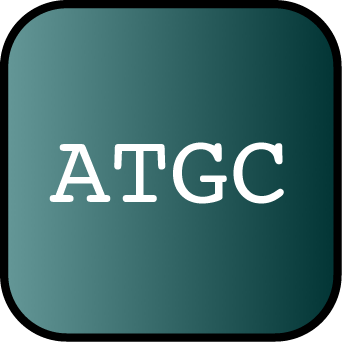Plasmid backbones/Measurement
| Part assembly | System operation | Protein expression | Assembly of protein fusions | Part measurement | Screening of part libraries | Building BioBrick vectors | DNA synthesis | Other standards | Archive |
| Or get some help on plasmid backbones. |
Some plasmids are designed to facilitate the measurement of different part classes:
Promoters
The property of promoters that should be measured to best support the reuse of these parts is the promoter clearance rate or promoter activity. The promoter activity is defined as the number of RNA polymerase molecules that pass by (or clear) the final base pair of the promoter and continue along the DNA as an elongation complex. Promoter activity can be characterized by the number of polymerases exiting the terminal base pair of the promoter (in units of Polymerases per Second, or [http://www.nature.com/nature/comics/syntheticbiologycomic/ PoPS]). PoPS is difficult to measure directly and to date Registry users have characterized promoters in relative or ratio units.
- Part:BBa_J23101 - A collection of promoters characterized by Chris Anderson. The plasmid backbone from these parts can be used to measure the activity of other promoters based on expression of RFP.
- There is a kit of components available that is described here to measure promoter activity in a shared, standard unit: Relative Promoter Units (RPUs). The kit makes use of pSB3K3 as the plasmid and BBa_E0240 (GFP) to measure promoter activity.
Inverters
- Part:pSB1A10 - This dual reporter (GFP and RFP) plasmid can be used to measure the transfer curve of inverter devices.
References
<biblio>
- Endy05 pmid=
</biblio>











